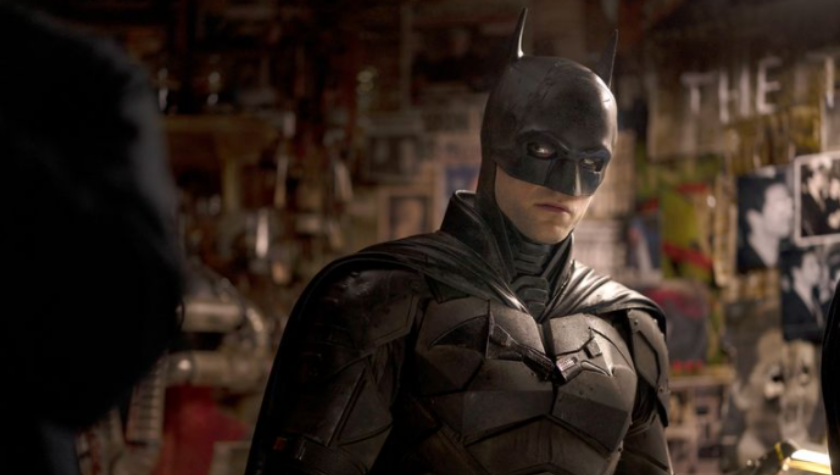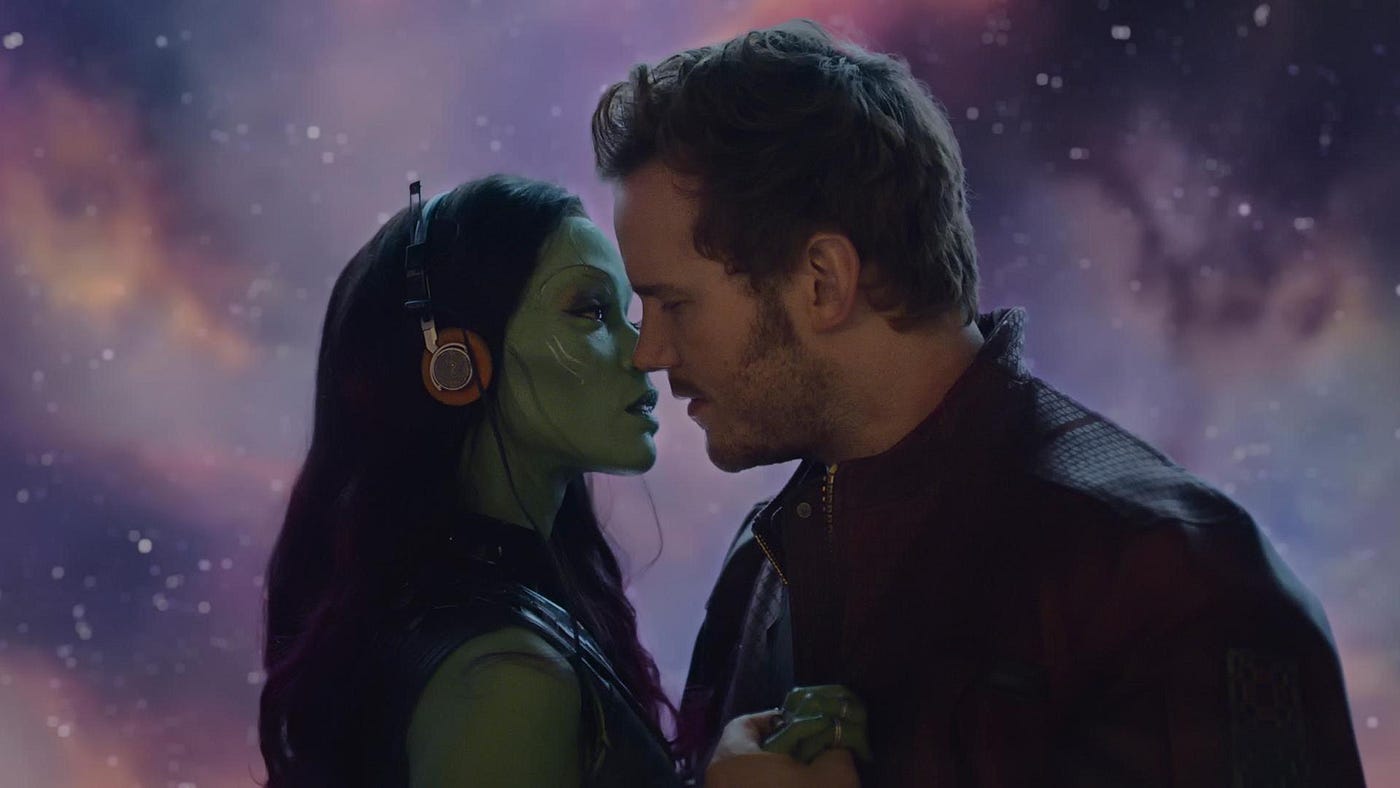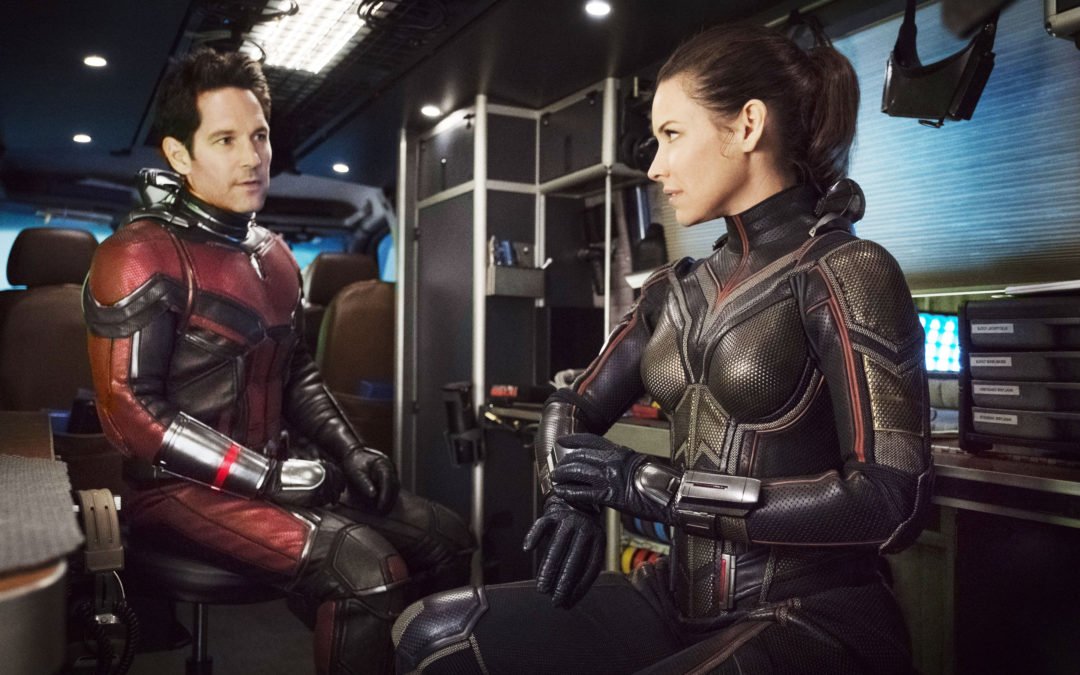An Ant-Man Retrospective: Origins, Quantum Realms and the Importance of Always Losing
February 22, 2023
When Ant-Man was introduced in 2015, it was the twelfth movie in the continuing Marvel Cinematic Universe (MCU) that has brought in billions of box office dollars, TV shows on Disney+ and countless products. While the world had accepted a Spider-Man, the name Ant-Man invoked skepticism and snickers by many, even comic book fans.
Since his debut in eight years ago, Scott Lang (Paul Rudd) has gone from reformed criminal to an Avenger who has helped protect the universe to someone tasked with saving the quantum realm. Let’s take a look at lessons you can take away from the three Ant-Man films.
Origin Stories
The original Ant-Man features lovable loser Scott Lang as he tries to put his life back together after spending time in prison for burglary. What we learn about Scott is mostly revealed in a quick, exposition-filled car ride between prison and home with friend and fellow criminal Luis (Michael Pena):
- He has a daughter he cherishes
- Scott only stole from the wealthy
- When Luis hints at a job, Scott immediately denies it because it involves breaking the law again
- Scott was an electrical engineer and is confident he can find a real job, but…
The only place that hires him is Baskin Robbins, but he’s soon fired when his criminal record comes to light.
Scott can’t catch a break so he decides to get back into burgle business and help his friends break into a safe that holds something high in value, but no one knows what exactly (it’s the Ant-Man suit).
This first film is an origin story for Ant Man, which means the audience is introduced to new characters and the world in which they live. But this being the MCU gives the audience an expectation of the characters’ realities so Ant-Man’s origin stories must align with a broader narrative.
An origin story is more than just one single character. While not as significant as the title character, Henry Pym (Michael Douglas), Hope (Evangeline Lilly) and even Scott’s daughter Cassie (Abby Ryder Fortson) who plays a bigger role in the later films are introduced with their own origin backgrounds.
In the latest film, Ant-Man and the Wasp: Quantumania, we learn a lot about the origins of Janet Van Dyne (Michelle Pfeiffer) who was stuck in the quantum realm for 30 years as well as Kang the Conqueror (Jonathan Majors) who is poised to be the next epic villain akin to Thanos. The latest film is an origin story for both of these characters.
While the hero often gets to claim the “Origin Story” mantle, it’s important to consider who else is introduced into the story arc. Spider-Man origin stories also introduce Mary Jane; Superman origin stories introduce Lois Lane and Lex Luthor.
How the Villains Change
The type of villains in a superhero movie change based on the arc of the hero. In the first Ant-Man, who the protagonist fights follows a similar trajectory as Iron Man.
Oftentimes, the villain in an origin story matches the type of person the hero is; and even more likely they were a partner of some kind. In Iron Man, Tony Stark must fight Obadiah Stane (Jeff Bridges) who was a business partner and mentor turning the Iron Man technology into a weapon for power.
Similarly, Ant-Man features a villain who also worked with Henry Pym and wants to turn the shrinking technology to create an army of unstoppable soldiers. Pym must fight this enemy, although by proxy he recruits Scott to don the Ant-Man suit.
Ant-Man and the Wasp features the Ghost (Hannah John-Kamen) as the main villain seeking to capture the lab that holds access to the quantum realm. While still human, she has been burned by the technology causing her to be quantumly unstable and must find a way to become normal once again. Her desire is to survive while the goal of Scott, Pym and Hope are to save Pym’s wife/Hope’s mom who is stuck in the quantum realm.
Somewhat similarly, Iron Man 2’s villain is human and the sins of the past are cast upon our hero. Ghost finds help from Bill Foster (Laurence Fishburne) who was cast out of Pym’s company - just like the father of the Iron Man 2 villain.
Where the Ant-Man film series and Iron Man film series differ is the human element in the third film. Soon after the release of Iron Man 3, Marvel widely expanded its universe to go off earth (Thor being the exception). Guardians of the Galaxy took place in space and the first Ant-Man opened up the quantum realm.
That being said, Ant-Man and the Wasp: Quantumania very much finds its villains in another world where Ant-Man and his team fight a powerful conqueror, who is now set up as the mega-villain for the Avengers team.
From the human colleague-turned-bad guy to a multiverse villain shows how the stakes of the universe have grown exponentially for Ant-Man.
The Family Theme
One central theme throughout the entire Ant-Man film series revolves around family.
In the first film, Scott is eager to reestablish a relationship with his daughter. He doesn’t have custody, he’s been in prison and his ex-wife and her husband are a bit hostile toward him. At the same time, Pym holds a secret of what happened to Hope’s Mom but refuses to tell the truth. This causes another father/daughter riff.
After Scott successfully makes it through the quantum realm, the chances that Hope’s Mom is still alive becomes a catalyst for the second film as the team tries to get Janet back.
By the end of the film, the truth comes out, Scott becomes a hero and the families are better off. In the sequel, Scott is on much better terms with his ex-wife and her husband while Pym and Hope have improved their relationship.
In Ant-Man and the Wasp: Quantumania, Scott will literally put universes at risk to save his daughter.
The family bonds in the Ant-Man series are a constant presence and it’s used to help drive the conflicts in the story. That doesn’t necessarily mean there are conflicts within the family, although there are, but the family bonds are tight so it’s more used as a villain’s tool (Kang’s “Get me what I need or Cassie dies”) or a driver of the plot (Pym and Hope need the quantum realm lab to find Janet).
2 Steps Forward, 1-2 Steps Back
The Ant-Man series is a great way for you to see how the characters are constantly in each other’s ways and sabotaging their efforts. They don’t necessarily mean to do it but you can see how every character has a goal and the other characters, both the heroes and the villains, are always at odds.
For instance, if Scott needs to use the Ant-Man suit to break into a building, he can succeed until the villain foils the plot sending what seemed like a step forward back.
In Ant-Man and the Wasp, Hope must go through nefarious means to procure the necessary parts to build a pathway to the quantum realm. After she gets what she needs (a step forward), the Ghost arrives and takes it away (a step back).
This back-and-forth means the protagonists are consistently losing and struggling to achieve their goals until the end of the story. The audience is invested in the outcome and feel the roller coaster of ups and down as the heroes succeed at one moment only to lose the next.
For an Avengers character, there are few other Avengers in the film series. The only time (minus credit sequences) that another Avenger has a significant role in any of the three films is when the Falcon appears in the first one. Regardless, it’s part of the MCU and all of them are part of the wider story associated with the various phases.
Ant-Man and the Wasp: Quantumania is currently playing in theaters.
Written by: Steven Hartman
Steven Hartman is an award-winning, optioned screenwriter. He was a Top 5 Finalist in Big Break’s Historical Category in 2019 and won Best Action/Adventure in Script Summit’s Screenplay Competition in 2021. He holds a Bachelor of Arts degree from Columbia College and had internships at Jerry Bruckheimer Films and Village Roadshow Pictures. Steve is a full-time writer and creative video producer by day and a screenwriter and novelist by night.



